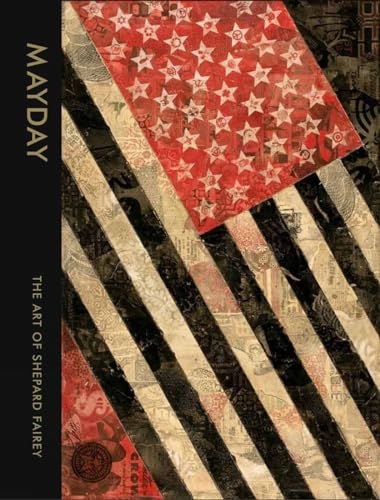Description
Mayday: The Art of Shepard Fairey
Drawing on work from the final exhibition before the closing of New York's seminal Deitch Projects, MAYDAY is simultaneously a call for heightened awareness and a celebration of the rebirth embodied in revolutionary movements. MAYDAY - The Art of Shepard Fairey is published as a celebration of this evocative collection of paintings from one of the most important artists of our time. Portraits of advocates of the working class and oppressed define the collection. Fairey stakes the claim that artists, musicians and writers such as Joe Strummer, Jean Michel Basquiat, Woody Guthrie and Cornel West all have parts to play in stimulating response to injustice. With energy and urgency befitting the title MAYDAY, Fairey captures the radical spirit of his subjects, using portraiture to celebrate the artists, musicians and political activists he most admires. Says Fairey, These people I'm portraying were all revolutionary, in one sense or another. They started out on the margins of culture and ended up changing the mainstream. When we celebrate big steps that were made in the past, it reminds us that big steps can be made in the future. In Fairey's mind, the persistence of difficulties in the political, environmental, economic, and cultural arenas points to the definition of May Day as a distress signal: By now we thought we would be in post-Bush utopia, but we're still having to call attention to these problems. Like any mayday call, however, the sounding of the alarm also brings hope for help on the way. If we stay silent, there s no hope, Fairey muses. But if we make noise, if we put our ideas out there, then maybe we can make a change like the people in the portraits have done.







